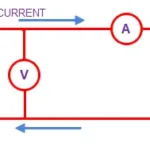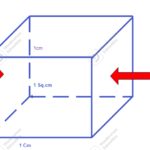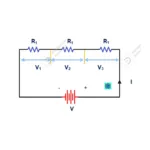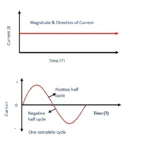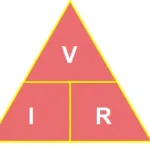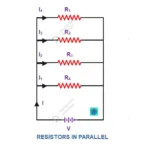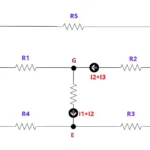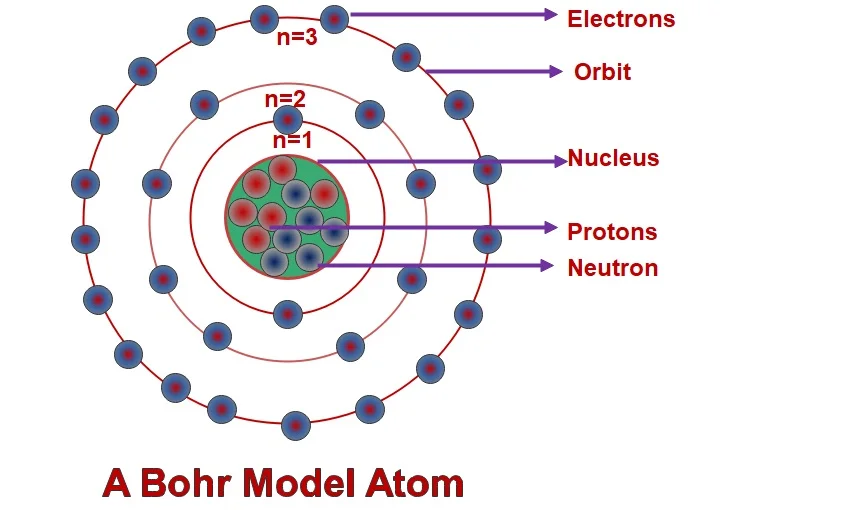What is Electrical network?
An Electrical network which formed using multiple kind of elements such electrical source, control switches, loads, transmission medium.
A electrical network made for purpose of transmit and consume electrical energy which generated from source to load. It does not matter that every network must contain all type of elements. It is required to develop a network to perform their function accordingly.
one thing ! Yeah! No network can be developed without transmission medium. According to components it consists and their characteristics these networks are classifies as,
- Active Networks
- passive Networks
- Unilateral Networks
- Bilateral Networks
- Lumped Networks
- Distributed Network
Let us study in detail about these above networks
1. Active Networks
An active networks or an Active elements has ability to generate electrical power or it contains power sources in it. Sources like current and voltage are common element in active networks. Because which delivers electrical energy to circuit to convert it in required form like heat, light, sound etc. Elements like inductors and capacitor also stores few amount of electrical energy into it.
Example:
- Battery
- AC/DC Generators
- APFC (Automatic power factor correction) Capacitor bank
- Inductive reactor bank
2. Passive Networks
A passive networks do not have any power sources into it. Neither it is not able to generate energy or store/release it. It is need an active network along with it to be functional. Further a passive network which receives electrical energy from an active element and convert it in required form. Components like resistors, capacitors, are active elements. It will be operation as long as a active network delivers energy to it.
Example
- Lighting loads
- Motors
3. Unilateral Networks
An unilateral networks which allows electricity to flow in a definite direction only. If a circuit contains two node A and B, then electricity will flow from node A to node B. But it never allow to flow from node B to node A. So it clearly states that electricity passes through a single direction. Such network contains unilateral elements like diodes, transistors. A diode will allow to pass electricity from its anode to cathode when it is forward bieased, i.e its anode and cathode connected with positive and negative terminal of a source respectively
Example
- Rectifier
- Amplifier
- Voltage Regulator
- All DC circuit loads
4. Bilateral Networks
A bilateral networks which allows electricity to flow in both direction. It does not restrict electricity in a definite direction. An ordinary lamp which can be controlled by connecting a source and pass electricity from any one terminal. resistors, inductors, non polarized capacitors are falls under bilateral elements category. Further it must be noted that all kind of transmission medium are bilateral elements
Examples
- Resistor banks
- Lamp loads
- Motors
- All AC circuits loads
5. Lumped Networks
As we know resistors, inductors, capacitors are fundamental elements in every circuits. These elements are connected physically or can be developed by passing electricity through a components. For example A diode contains some fractional amount of internal resistance ( over come its barrier voltage) and capacitance. Now we say that, if these elements are accumulated individually, So it ca be measured using common measuring instruments.
Example
- Heater bank
- Inductive loads
- APFC bank
6. Distributed Networks
In a distributed network all elements are distributed through all parts of circuit. So it is very difficult to measure these parameters with help of measuring instruments. To obtain these values necessary analysis and calculations are required
Example
- Transmission Lines
- Telephone networks

